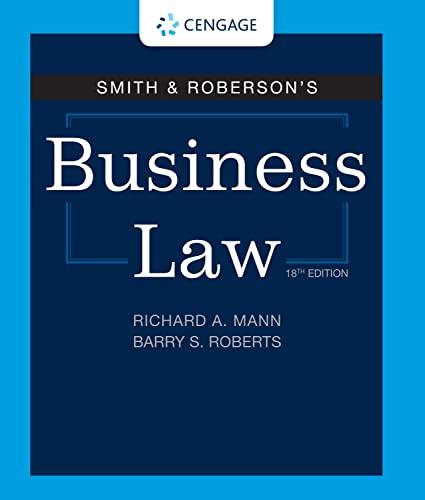Question
Anna, a widow, passed away in early 2022. Her estate, in addition to some liquid assets, included some assets that were very difficult to liquidate,
Anna, a widow, passed away in early 2022. Her estate, in addition to some liquid assets, included some assets that were very difficult to liquidate, such as rental apartments, stock in a closely held business, and a 25% share of a partnership. Finally, near the end of 2023, Ron, the trustee, completed liquidating the estate assets and terminated the estate after distributing the net assets to Anna's two children, Don and Dot. Upon liquidation, the estate had unused loss carryovers (capital loss and a net operating loss (NOL)) and excess charitable deductions that it could have used if it had not terminated. What action should Ron take when he files the trust's final (2023) tax return?
a) Distribute the estate's net assets to the beneficiaries. Unused loss carryovers and excess deductions are lost.
b) Attach a schedule to the 2023 Form 1041 showing the allocation of the carryover capital loss, NOL, and excess charitable contributions to each beneficiary.
c) Allocate the excess NOL and charitable contributions to each beneficiary. Carryover capital losses are lost.
d) Provide each beneficiary with a 2023 Schedule K-1 (Form 1041) that shows the allocation of the carryover capital loss and NOL to each beneficiary.
Step by Step Solution
There are 3 Steps involved in it
Step: 1

Get Instant Access to Expert-Tailored Solutions
See step-by-step solutions with expert insights and AI powered tools for academic success
Step: 2

Step: 3

Ace Your Homework with AI
Get the answers you need in no time with our AI-driven, step-by-step assistance
Get Started


